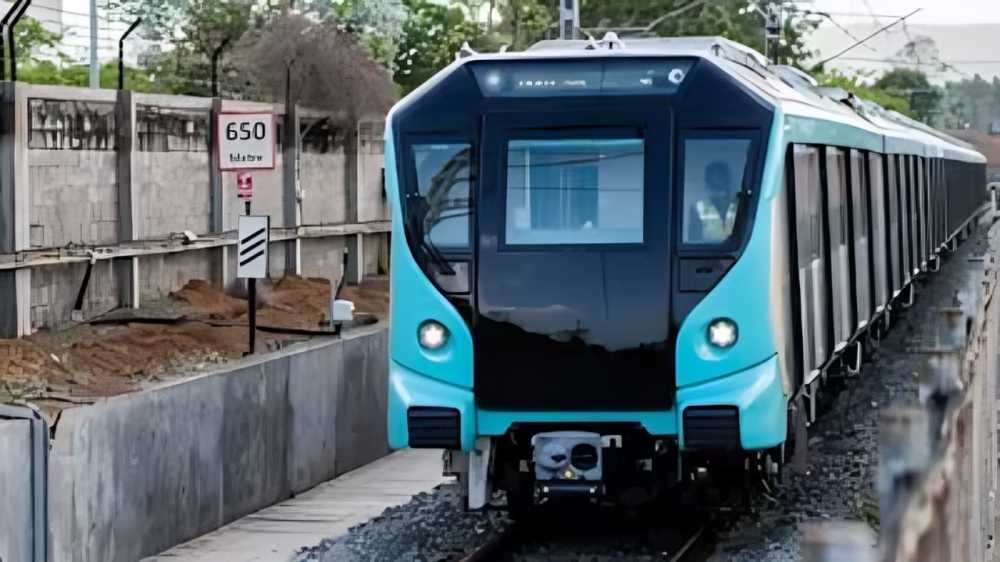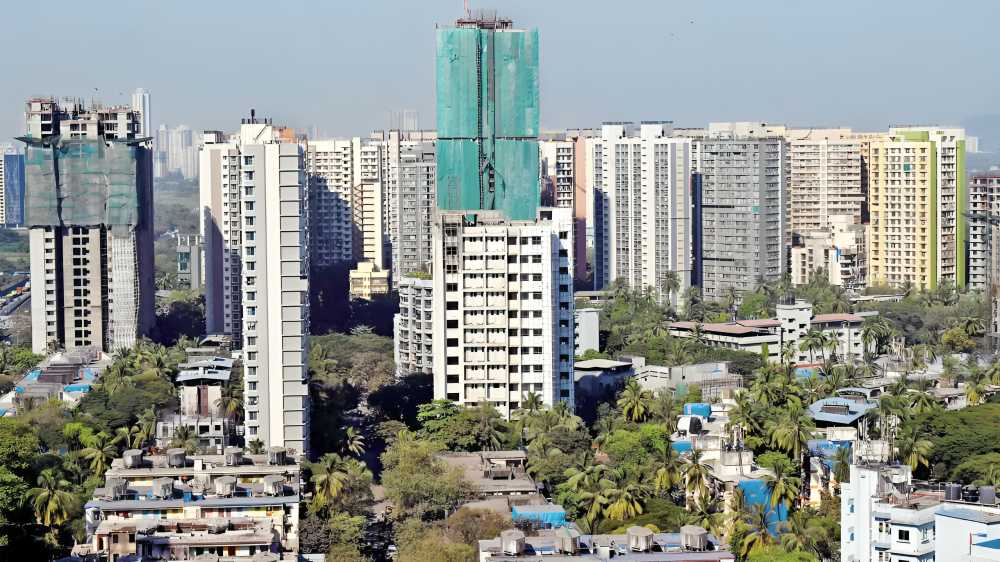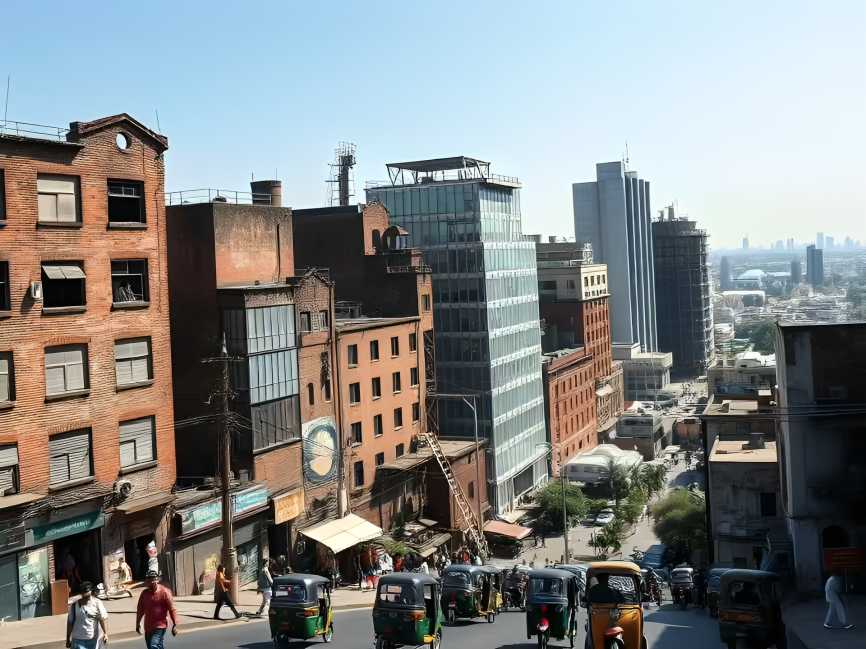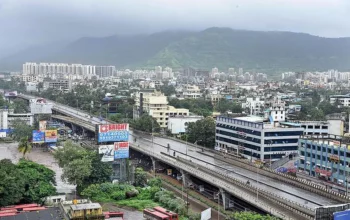October 28, 2025: Mumbai’s newly operational Metro-3 line, stretching from Aarey to Cuffe Parade, has become the centre of a spirited public debate. While the Mumbai Metro Rail Corporation (MMRC) has introduced free WiFi for commuters, the absence of mobile network coverage inside the underground corridor continues to frustrate passengers.
Metro-3, the city’s first fully underground line with 27 stations, aims to transform urban transit across South Mumbai. However, soon after its Cuffe Parade–Worli stretch became operational, commuters began reporting mobile signal loss affecting ticketing and communication. In response, MMRC launched free WiFi access through the ‘MetroConnect3’ app, allowing users to connect at concourse levels near ticket windows.
Passengers can log in via the app, select the MetroConnect3 network, and enjoy services such as Wi-Fi calling, WhatsApp, and full internet access. The MMRC has urged passengers to “make the most of this free WiFi service.”
Yet, the service has ignited a debate on social media. Many commuters welcomed the “digital detox moment.” One user wrote, “No more uncles swiping their reels on full volume.” Another added, “Maybe a good time to communicate with your fellow commuters—just like the good old local train days.” Some even praised the calmness: “Me sukoon ke liye jata hun…bahut sukoon milta hai 20 minutes.”
Others, however, called it a serious lapse. “Commuters using the underground Mumbai Metro Aqua Line 3 do need mobile connectivity for emergency use. It is so sad that the private mobile operators are dictating to the government,” one user complained. Critics dubbed it “a new way to defend incompetence,” comparing it to how Mumbai’s “Spirit” is often invoked to overlook systemic gaps.
Whether a forced digital detox or a missed opportunity, Metro-3’s connectivity void has certainly rekindled Mumbai’s long-standing debate on resilience versus responsibility.





